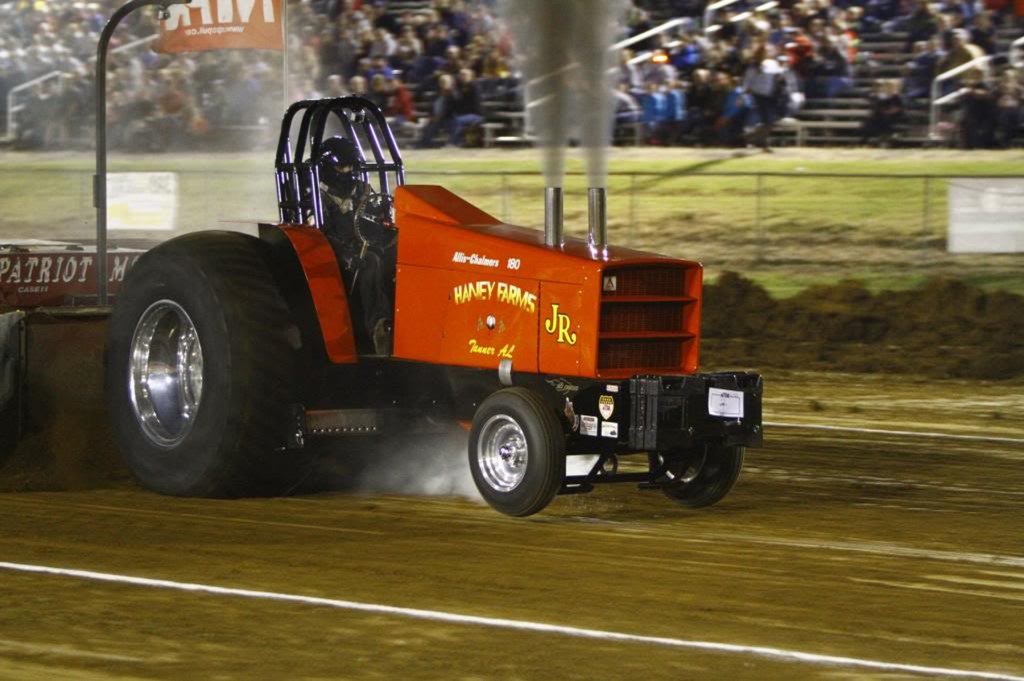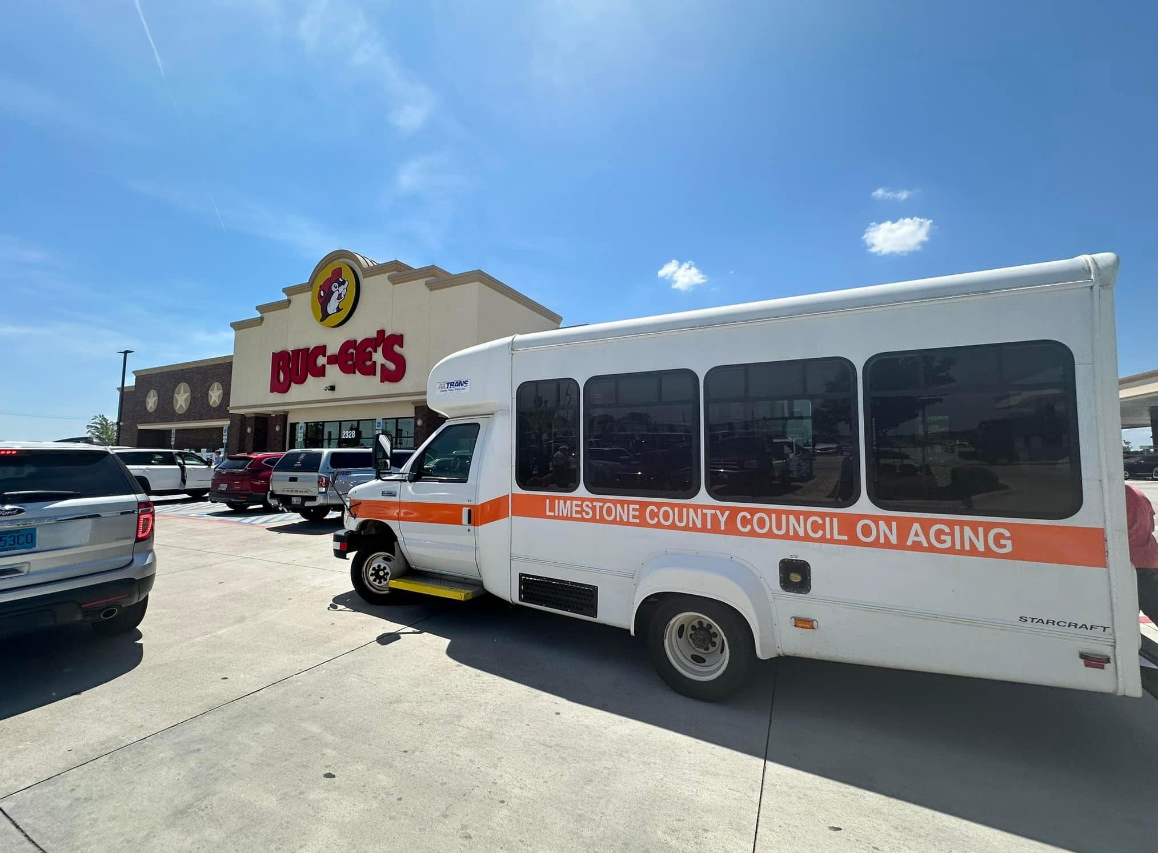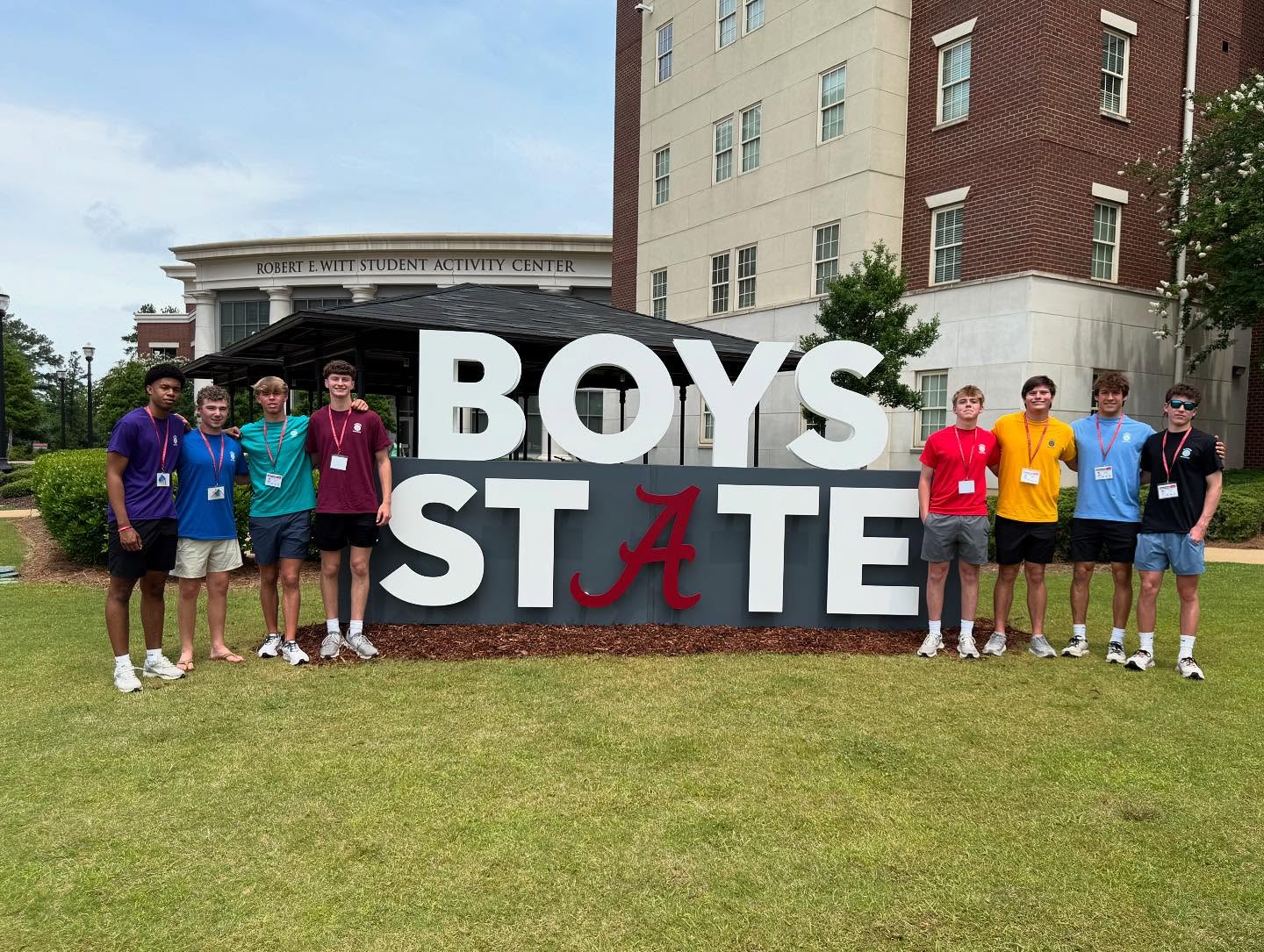TRACTOR PULL: A new generation takes over in Tanner
Published 9:21 am Saturday, July 26, 2014

- JR, a tractor belonging to Haney Farms, at a previous Tanner Tractor and Truck Pull.
Johnny Malone can remember the first Tanner Tractor and Truck Pull like it was yesterday.
Malone served as chairman for that first pull and for the next three decades. As the official announcer of the event for the past 38 years, he has seen the torch passed.
“A new generation has taken over in pulling,” said Malone. “In 38 years, our organization committee and work crew has gone through at least two generations, in some cases three.”
One of the first families of the Tanner pull is the Haneys. Horace Haney, along with brother, Shirley, co-founded the event in 1976 that draws thousands to the county each year. The sons of those pulling pioneers now run the show.
“I’ve been involved since I was old enough to go over there,” said Matt Haney, son of Horace. “My daddy and them were part of the first generation. When they would all be setting up, I’d be out there with them. I would run over and get a hammer out of the truck if they needed it or just watching everything going on.”
Haney, along with cousin Keith, grew up around the pull, so it was natural for both to follow in their fathers’ footsteps. Keith is now a seasoned-puller, while Matt makes sure everything runs smoothly at the annual event.
Proceeds benefit athletics
“When my dad was doing it, it was just a bunch of guys from the community out there setting up. It used to be a really big job to get everything set up,” said Matt. “Every year, we would have a project to make the facilities better; to seat more people, build ramps. We’ve kind of gotten a lot of that stuff in place, where it’s not as big a job to get ready. It’s a big job, don’t get me wrong. But, we don’t have all the projects we used to.”
The pull began as a fundraiser for Tanner athletic programs and it has stuck to that pledge. All of tonight’s proceeds, as they are every year, will be donated to the Tanner Quarterback Club, where Matt Haney serves as president.
As Tanner’s only athletic fundraiser, the pull goes a long way in helping community sporting events.
“One thing people have misconceptions about is what are we doing with the money,” said Daniel Bates, chairman of the event. “It goes to support Tanner high school athletics and Tanner youth sports programs. It may re-light a football field or it may go to a baseball field. The quarterback club played a major role in the field house.
“Those types of things are what we try to utilize it for. We try to support everything, but a lot of the things we do are big ticket items. This is the only fundraiser we do per year and we try to manage that money to help with those improvements when necessary.”
Bates is another example of the generational shift at the pull. In 2006, he took over for Malone as chairman.
“It started out with the Haneys and those guys in that generation. They got it started,” said Bates. “Johnny was the chairman for 30 years and still plays a big role. I’ve been involved in it for a long time. The way things have changed — it used to be the Haneys and Malones gathering out there to set it up. There was enough support to get it done. It’s changed a little bit, but we’re still trying to get it done and keep it going.”
Bates and Haney work with dozens of other to make the annual event work. As the setup has changed over the years, so have the tractors and trucks in competition.
The main difference from tonight’s pull and that first one in 1976? Money and horsepower.
“Thousands and thousands of dollars,” said Bates. “That and they’ve probably tripled the horsepower over that time. If you look back 20 years ago, it was a lot less horsepower. Now, the horsepower is probably three times that. Some of these tractors, when they come out of the factory may be 150 horse tractors. Now the tractors that will be pulling can be anywhere from 1,800 to 2,500 horsepower.”
Track conditions
To run such turbo-charged tractors, careful preparation goes into making sure the surface is just right for the event.
“They’ve got to have something where they’ll get a bite,” said Matt Haney. “You kind of want it hard down under there so they just don’t sink. Then you’ve got to get the top where you’ve got some dirt to play around with. If you’re not careful, it will just fall apart if there is too much moisture. It’s about like building a road.”
It’s always a waiting game to see what the weather will do leading up to the event, but this year, organizers will happy to see little to no chance of rain is forecast for tonight and Saturday.
“We’ll spend two days probably preparing the track, getting the moisture right,” said Haney. “You have to get that moisture down in the ground good where it won’t start off wet and then be dry and dusty where the crowd is sitting in a dust bowl. You’ve got to watch the weather. You can’t add all this water to it if it’s going to rain. It’s a very fine line. We have to be conservative, because if it does rain, we have to still be able to have a good pulling surface.”
Just like everything else, the surface, which pullers prefer has changed.
“Used to, we ran a red clay track which bonded really tight,” said Bates. “Which, 20 years ago, that was the right type of soil for the tractor tires that were there. Now, the horsepower is so much different. We’ve had to change the dirt on the track to accommodate what is there.”
Big crowd expected
As one of the premier events in the Mid-South Pullers Association, the 38th annual Alabama Championship Tractor and Truck Pull could attract more than 60 competitors from around the Southeast and Midwest.
“You never know really who is going to show up,” said Bates. “It’s not like there is a precommitted list. You hope to draw some from the Carolinas, Ohio, Indiana. There is a decent amount of pullers from this area, too.”
After weeks of waiting, Bates, Haney and the rest of the organizers have worked long hours over the past few days to make sure everything is ready to go.
“We’ll be working on it right up until the national anthem,” said Haney. “We want to have everything done, the lines chalked and at 7 o’clock, we’ll be ready for the tractors to go down through there.”





